The Complete Guide to Sci-Fi’s “Punk” Subgenres
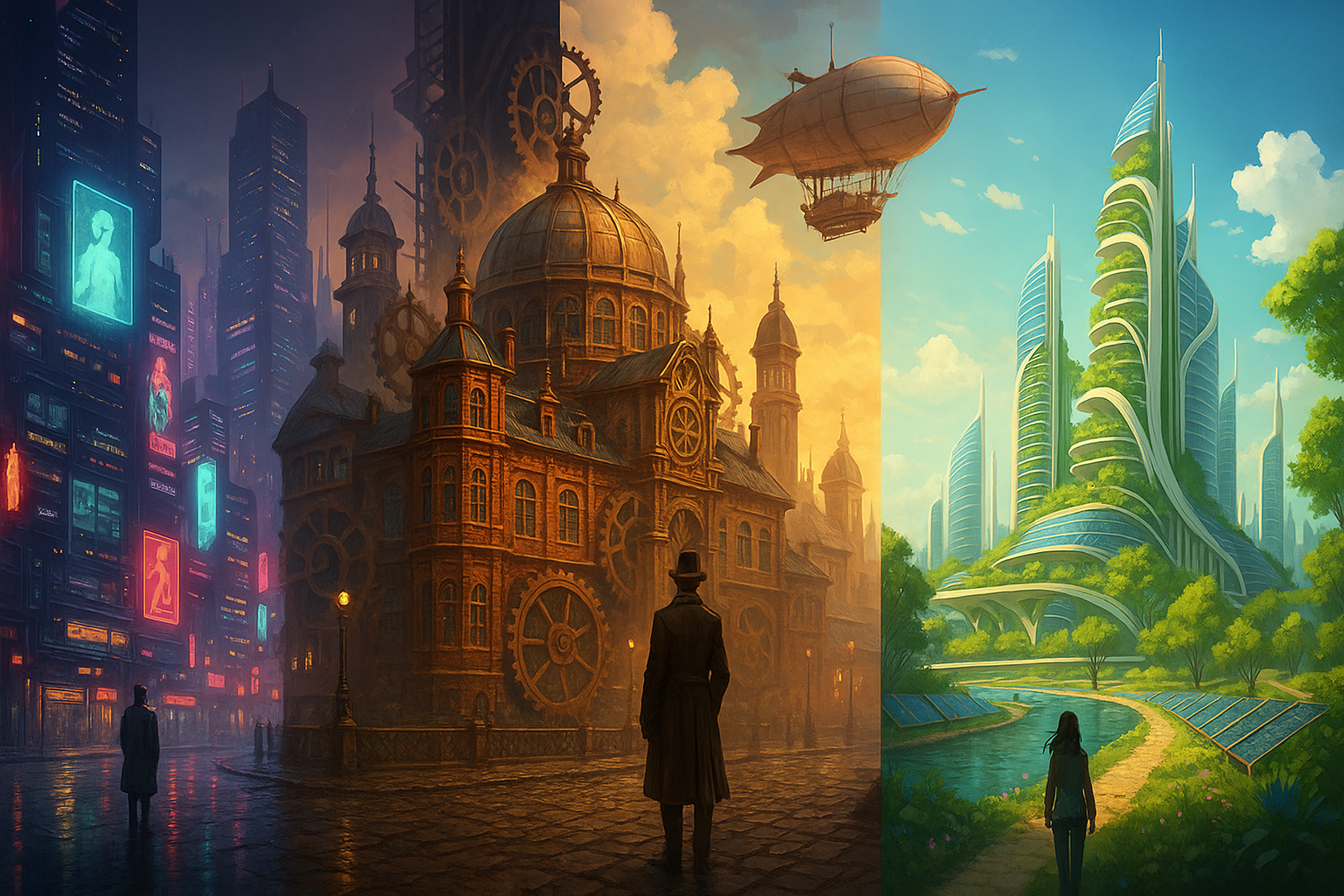
A few nights ago, a friend of mine and I found ourselves in one of those conversations that can only come from a shared love of science fiction. We had been talking about William Gibson and Neal Stephenson – two authors who have shaped not only how we think about the future, but also how popular culture imagines it. Gibson’s Neuromancer practically birthed cyberpunk in 1984, with its hackers, street samurai, and megacorporations, while Stephenson’s Snow Crash offered a frenetic blend of virtual reality, satire, and swordplay in the early nineties. Both writers are among our favorites, and as we revisited their works, the conversation naturally turned to the many derivatives of cyberpunk that have emerged since. What started as a discussion of neon-drenched alleys and cyberspace spiraled into a catalog of subgenres that span centuries, technologies, and visions of the future.
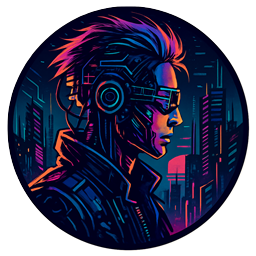
Cyberpunk: Where It All Began
Cyberpunk remains the archetype, the dark and gritty godfather of these subgenres. At its core, it is the collision of high technology with low life – the world of advanced AI, cybernetics, and corporate dominance pressed against the reality of poverty, alienation, and rebellion. It carries a distinctly noir sensibility, often drenched in neon light and acid rain. The stories of Neuromancer and Snow Crash sit at its heart, but the cinematic visions of Blade Runner and The Matrix have etched its aesthetics into our collective imagination. Anime like Akira and Ghost in the Shell took it further, pushing into philosophical questions of identity and consciousness, while television series such as Altered Carbon brought it back into the mainstream for modern audiences. Even video games like Cyberpunk 2077, Deus Ex, and Shadowrun have become playgrounds for exploring this dystopian future.
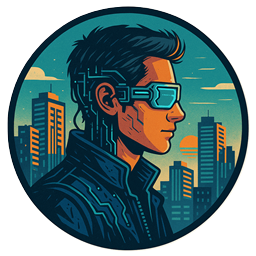
Postcyberpunk: Finding Balance
By the 1990s, a new sensibility was emerging. Writers began to imagine futures where humanity did not merely collapse under the weight of digital capitalism but found ways to adapt, resist, and even flourish. This movement, often called postcyberpunk, acknowledges the complexities of technological society rather than treating it solely as a dystopian nightmare. Neal Stephenson’s The Diamond Age embodies this vision, as does Charles Stross’s Accelerando, which pushes readers through dizzying futures shaped by accelerating change. Vernor Vinge’s Rainbows End imagines a society transformed by wearable computing and augmented reality, while the television series Ghost in the Shell: Stand Alone Complex portrays a world where humans, machines, and governance structures coexist in uneasy balance. Films like Her or Minority Report carry this more nuanced sensibility as well, asking whether technology might also help us understand one another, rather than simply control us.

Steampunk: The Past Reimagined
Though not a direct descendant, steampunk shares cyberpunk’s rebellious spirit, only it turns its gaze backward rather than forward. Where cyberpunk imagines a future of microchips and cyberspace, steampunk asks what would have happened had the steam engine remained the dominant technology. Its worlds are rich with brass gears, dirigibles, and elaborate Victorian costumes. Gibson himself, along with Bruce Sterling, helped to define the genre in The Difference Engine, which reimagines a nineteenth-century Britain driven by Babbage’s mechanical computers. Later works such as Cherie Priest’s Boneshaker and Scott Westerfeld’s Leviathan carried the torch, expanding steampunk into alternate histories and fantastical adventures. Cinema has flirted with it in The League of Extraordinary Gentlemen and Wild Wild West, while the anime Steamboy offered a more serious, visually stunning take. Video games like Dishonored capture its aesthetics beautifully, marrying smoky industrial cities with clockwork marvels.

Dieselpunk: Between the Wars
If steampunk reimagines the Victorian era, dieselpunk situates itself in the smoky, noir-infused decades of the 1920s through 1940s. It borrows from the aesthetics of Art Deco, jazz, and wartime machinery, creating alternate histories where diesel engines power sleek machines and shadowy governments pull strings. Films like Sky Captain and the World of Tomorrow, The Rocketeer, and Dark City all carry dieselpunk vibes, while video games such as Bioshock and Iron Harvest immerse players in its smoky, oil-stained worlds. The genre is less utopian than steampunk; instead, it reflects anxieties of industrial power, corruption, and authoritarianism that dominated the first half of the twentieth century.

Nanopunk: The World Made Small
While biopunk manipulates genes, nanopunk turns to the manipulation of matter itself at the atomic scale. It explores the promises and dangers of nanotechnology: swarms of microscopic machines that can heal, surveil, or destroy. Greg Bear’s Blood Music was among the first to explore the “gray goo” scenario, where nanotech runs rampant, while Hannu Rajaniemi’s The Quantum Thief presents dazzling visions of societies shaped by ubiquitous nano-machinery. On film, Transcendence toyed with the idea of human minds uploaded and diffused through nanotech, while even family-friendly fare like Big Hero 6 showcases the concept in its microbot swarms. Games such as Crysis and Metal Gear Solid use nanotech to enhance soldiers, blending the biological with the technological in unsettling ways.
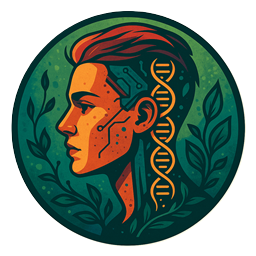
Biopunk: Life as Technology
If cyberpunk’s obsession was cyberspace, biopunk looks inward to biology. Here, life itself becomes the canvas for corporate ambition and human hubris. Stories explore genetic engineering, cloning, body modification, and the ethics of designing living organisms. Margaret Atwood’s Oryx and Crake paints a chilling picture of biotech gone awry, while Paolo Bacigalupi’s The Windup Girl imagines a future defined by engineered crops and oppressive calorie companies. Paul Di Filippo coined the term with his collection Ribofunk, emphasizing biology as the new form of “funk.” On screen, Gattaca remains one of the most haunting examinations of genetic determinism, while films like Splice and the Resident Evil franchise show the darker, more horrific side of engineered biology. Television series such as Orphan Black delve into the human consequences of cloning, while video games like Prototype turn genetic manipulation into action-fueled spectacle.

Solarpunk: Hope in Sustainability
Where cyberpunk thrives on dystopia, solarpunk is defiantly optimistic. It imagines futures shaped not by collapse but by ecological wisdom, renewable energy, and sustainable communities. In these visions, rooftop gardens spill across skyscrapers, solar panels gleam in every direction, and technology is harmonized with human and environmental needs. Much of solarpunk exists in anthologies like Sunvault: Stories of Solarpunk and Eco-Speculation or the Glass and Gardens collections, but hints of it appear in film as well – Studio Ghibli’s Nausicaä of the Valley of the Wind and even the vibrantly designed Wakanda of Black Panther both suggest solarpunk ideals. Its spirit also flows through indie games like Terra Nil or Eco, which encourage players to rebuild the world in harmony with nature. Unlike its darker cousins, solarpunk dares to imagine a better future, one that inspires rather than warns.

Lunarpunk: A Mystical Counterpart
A younger sibling to solarpunk, lunarpunk blends ecological awareness with spirituality and mysticism. Where solarpunk is bright, sunlit, and grounded in renewable energy, lunarpunk finds its aesthetic in moonlight, bioluminescence, and night-time rituals. It remains more conceptual than codified, living primarily in art, speculative essays, and online communities. Yet it offers an intriguing counterpoint: a vision of societies where spiritual well-being, folklore, and ecological awareness are woven into daily life under the rhythms of the moon.
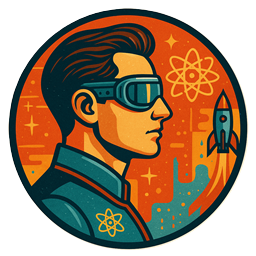
Atompunk: The Atomic Age Reimagined
Atompunk channels the retro-futurism of the 1940s–60s, an era defined by both nuclear optimism and Cold War paranoia. It draws on the aesthetics of chrome rockets, domed cities, and mid-century modern design, while hinting at the darker shadows of radiation and espionage. Films like Dr. Strangelove and The Iron Giant capture its mood, while video games such as Fallout revel in its kitschy, post-nuclear style. Atompunk reminds us that visions of the future are always shaped by the fears and dreams of their age – here, the glow of atomic promise paired with the threat of annihilation.
Clockpunk and Mythpunk
Other variations have carved their own corners. Clockpunk imagines Renaissance-inspired worlds of gears, springs, and intricate mechanical devices, a kind of proto-steampunk with more Da Vinci than Dickens. Jay Lake’s Mainspring exemplifies this aesthetic. Mythpunk, coined by Catherynne Valente, reinterprets folklore and myth through rebellious modern voices, blending the timeless with the subversive. Her Orphan’s Tales series is a prime example of mythpunk’s lush, dreamlike quality.
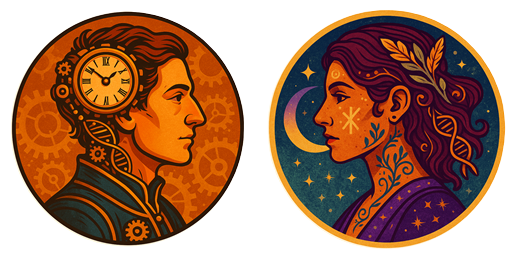
Why All These Subgenres?
As my friend and I realized that night, these “punks” are more than just stylistic variations. They are cultural mirrors. Cyberpunk warns us of corporate control in the digital age. Biopunk raises questions about biotech ethics and human identity. Dieselpunk plays with nostalgia for a world of industrial power and wartime grit, while solarpunk pushes us to imagine sustainable futures. Each reflects the anxieties and aspirations of its time, offering not just entertainment but also frameworks for grappling with our own technological and social realities.
What began with Gibson’s neon cyberspace has exploded into a kaleidoscope of reimaginings – each one asking, in its own way: what future are we building, and who gets to live in it?
Closing Reflection
When my friend and I first mentioned Gibson and Stephenson, I thought we would simply be reminiscing about Neuromancer’s cyberspace or Snow Crash’s virtual avatars. But as the discussion deepened, it became something more – a map of ideas, a cartography of futures imagined in brass and steam, in diesel fumes, in bioluminescent gardens, in nanoscopic swarms. What started as two fans talking about favorite authors ended as an exploration of the ways science fiction splinters into infinite possibilities.
That, I think, is the beauty of speculative fiction: it doesn’t give us a single vision of tomorrow but a thousand different answers to the same question – what happens when human ambition collides with technology? And each “punk,” whether it is drenched in neon, lit by sunlight, or bathed in moonlight, dares to show us one possible way forward.
Click here to download your free Sci-Fi “Punk” Subgenre Reference Guide
👁️ 84 views

